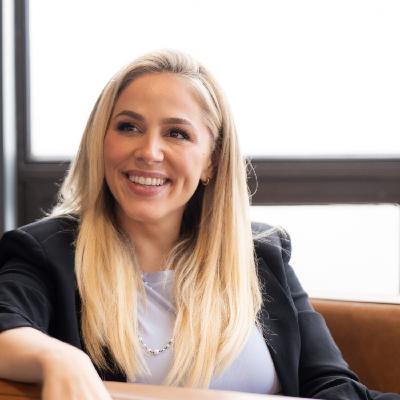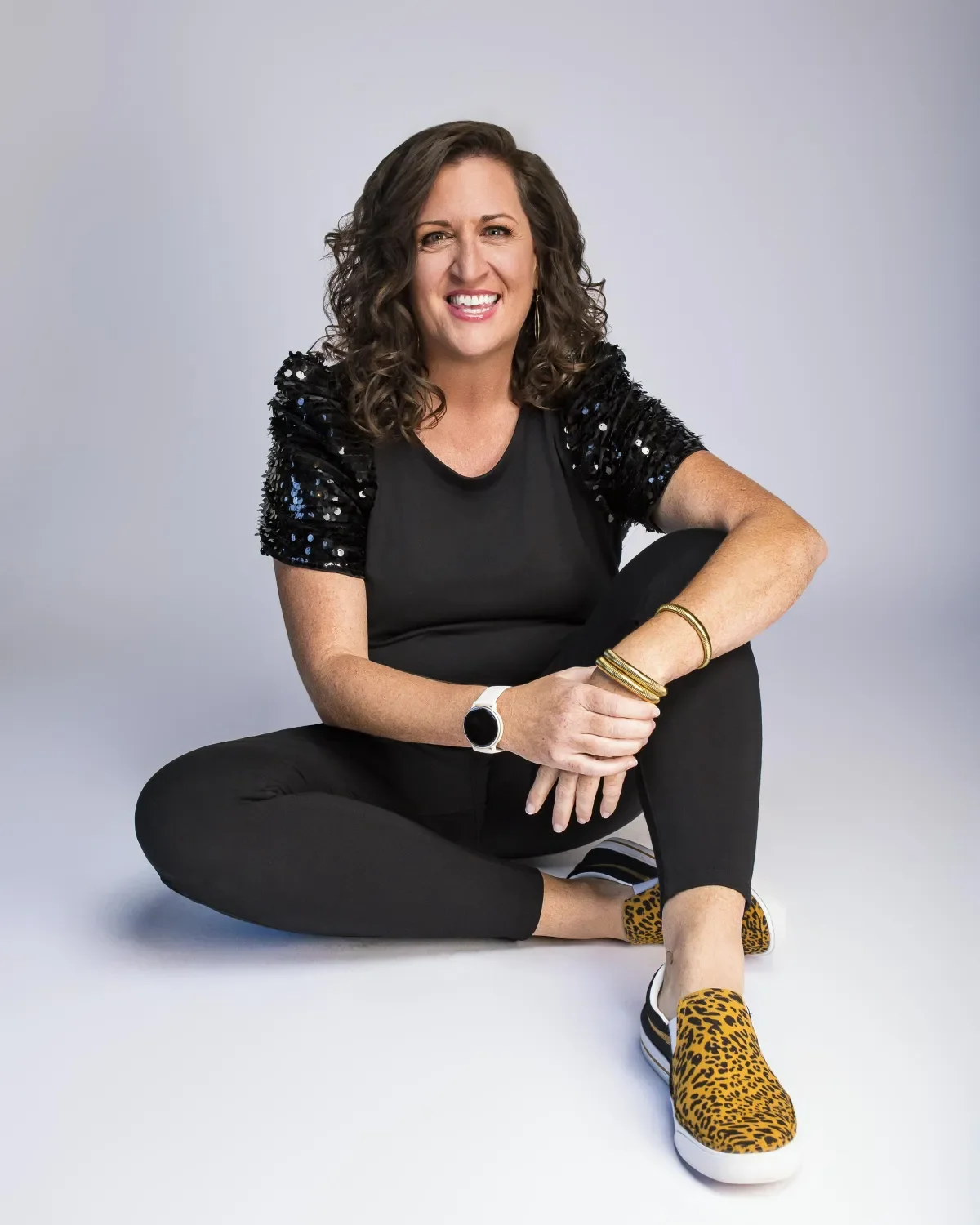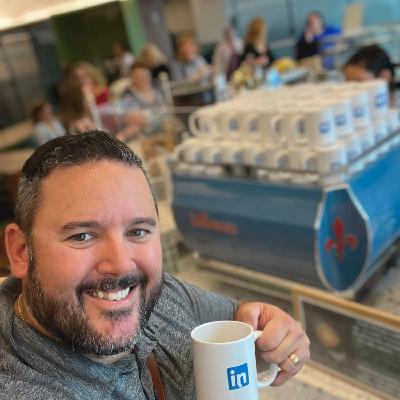Leads on Autopilot: How to Get Your First (or Next) 1,000 Subscribers Audio Workshop
Description
Episode 984: Show Notes
You don’t have to wait for referrals or cross your fingers for a viral post. There’s a simple, repeatable system to grow your list—one I’ve used to build 42,000+ subscribers and turn them into paying clients and students. In this solo workshop, I’m walking you through the exact roadmap, the lead magnets that actually convert, and how to set up steady lead flow (even when life gets busy). Are you at zero or scaling to your next thousand? Then, this is for you!
We’ll talk about free versus paid entry points, how to stop the “nurture-only” habits that quietly dry up sales, and why mixing active and “set it and forget” strategies is the secret to sustainable growth. The whole goal here is to help you see your email list for what it really is: the most valuable asset in your business, one that can support you when life throws curveballs and still bring in sales while you’re away.
<figure class="
sqs-block-image-figure
intrinsic
">
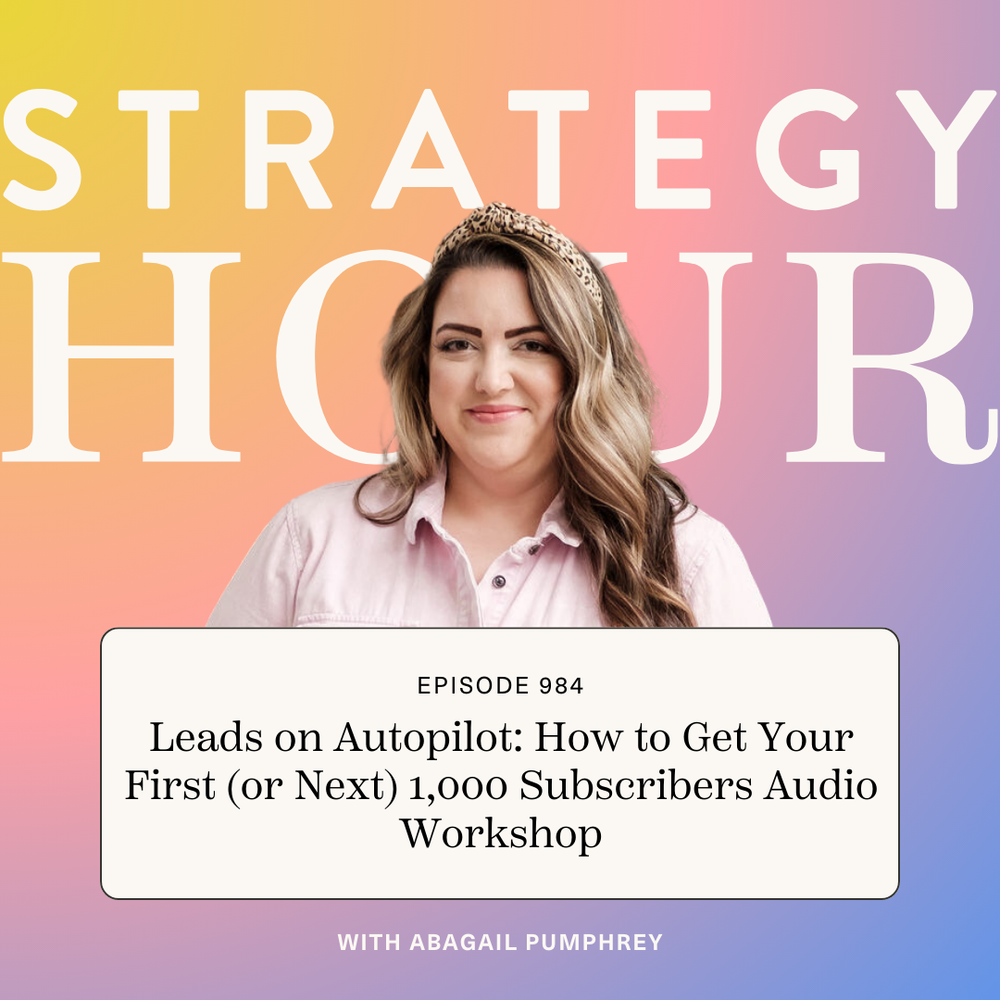
</figure>
Listen on your favorite podcast player


Why Email Marketing Still Matters
Social media posts only reach two to five percent of your audience. Email, on the other hand, lands in inboxes reliably, gives you control over frequency, and lets you show up exactly how you want. For most online businesses, email is still the number one driver of sales. It’s a place where you can nurture, segment, and build trust without an algorithm standing in your way. And email isn’t just about numbers. When you show up in someone’s inbox, they feel like you’re talking directly to them. Those relationships build loyalty, and loyal readers turn into loyal buyers. Email is not going anywhere, so use it to your advantage.
But here’s the thing, you don’t just want anyone on your list. Not all leads are created equal. A follower might give you their email, but that doesn’t make them a qualified lead. A qualified lead is someone who actually needs what you’re selling and can pay for it. It’s about attracting the right people, building trust with them, and then guiding them toward the next step when they’re ready.
The Problem with Running Out of Leads
I learned this lesson the hard way. In my early years, list growth came easily, launches felt exciting, and applications rolled in for every new offer. But then one day, we opened applications for a high-ticket program, and there was nothing. We weren’t doing anything wrong in terms of delivery or results. The issue was that we had worked through our qualified leads and hadn’t kept growing the list. Even the best nurture strategy won’t work forever if no new people are coming in.
Entrepreneurs often get focused on giving and serving, blogging, podcasting, creating content, nurturing the same list over and over, and then we’re shocked when sales dry up. It’s not that your audience doesn’t love you; it’s that you’ve run out of the right people to sell to.
Trust is essential, but trust without new qualified leads is a dead end. When marketing, you can either get louder and increase the volume of what you’re already doing, get sharper and improve the way you’re saying it, or try something completely new. Personally, I like to mix it up with new approaches, because fresh strategies not only bring in more leads, they often bring in better ones too.
Your Roadmap to 1,000 Email Subscribers
The good news is that getting to your first (or your next) thousand subscribers doesn’t have to be complicated. At its heart, the roadmap is about creating an offer people can’t resist, giving them a clear place to opt in, and then consistently pointing them toward it. That could mean starting with a free resource that solves a pressing problem, or creating a low-ticket entry product that not only builds your list but also primes people to buy from you again.
When I built my first thousand, I didn’t have a giant ad budget or a team running things for me. What I did have was a simple system. I created something valuable that my ideal clients wanted, I made it easy for them to say yes, and then I talked about it a lot! That last part is the key most people skip. A lead magnet only works if people know it exists, so you can’t just share it once and wait. Marketing it consistently and letting people know how it helps them is what gets you to that first thousand and beyond.
Creating Lead Magnets that Convert
A lead magnet is so much more than a pretty checklist with a cute Canva cover. To really work, a lead magnet has to do more than look good; it needs to solve a real, urgent problem and give people a quick win.
My best converters have been stories packaged into compelling downloads with irresistible headlines. When I created a guide on how I added nearly 10,000 subscribers in six months, over a thousand people grabbed it. Why? Because it promised a transformation they could imagine for themselves.
Another favorite approach is offering a short, action-based challenge. The One-Day Launch Challenge was exactly that: a quick, doable win that helped people see results right away. Nearly 10,000 people have come through that challenge, and many of them stayed and became paying customers.
The takeaway is simple. Make your lead magnet irresistible, solve something real, and tie it directly to the next step in your paid offer. You want buyers, not just freebie collectors. At the end of the day, the difference often comes down to messaging. The way you frame the problem and present the solution can be the thing that makes someone scroll right past, or click and say yes immediately.
Lead Generation and Growth
So how do those subscribers actually find you?
Active strategies are what most of us think of first—posting content, running ads, or reaching out to warm prospects. They’re fast, and you can bring in leads today if you want, but they also demand constant energy. That’s why I pair them with passive strategies, the long-game systems that keep working even when I’m offline.
Things like search (and now AI discoverability), evergreen funnels, or collaborations with bigger brands that share my audience. These take longer to set up, but once they’re running, they send you leads over and over. One of my biggest list growth wins came from partnering with aligned brands like Teachable or Freshbooks, or Flodesk and solving a problem their audience needed. Tens of thousands of subscribers came in that way. The truth is, using both active and passive keeps your list growing today and tomorrow.
When I think about what really moves the needle, though, it boils down to three things: visibility, offers, and nurture.
Visibility is about showing up through social, brand partnerships, or quick activations that grab attention and bring fresh eyes in.
Offers give those new people a reason to stay, whether that’s a timely freebie or a low-ticket product that makes them a buyer from the start.
Nurture is where the magic happens. A one-time challenge can turn into an evergreen funnel, and a handful of live emails can become your welcome series.
The more consistently you show up, the more trust builds, and when trust is there, sales stop feeling like a push and start feeling like the natural next step.
Email as the Foundation of Freedom
At the end of the day, this isn’t just about email metrics or hitting subscriber numbers. It’s about building a business that supports your life. I’ve had seasons where family needed me, where emergencies came up, and where I couldn’t be online every day. And because I’d built my business around email and evergreen systems, the business kept running. Payroll was covered, clients were supported, and sales came in while I was away. That’s the real power of an email list.
And the best part is you don’t need a giant, complicated setup to make this work. You can start by sending emails live

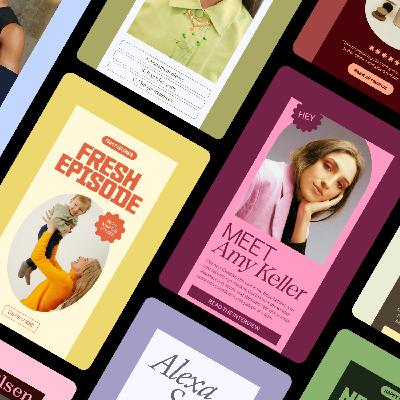

![Prioritizing Your Life When Shit Hits the Fan [FAN FAVORITE] Prioritizing Your Life When Shit Hits the Fan [FAN FAVORITE]](https://s3.castbox.fm/20/89/a8/feb340fb062794e97c0a645fefc0eeb4f9_scaled_v1_400.jpg)
![How to Leverage Where You Are to Get Where You Want to Go [FAN FAVORITE] How to Leverage Where You Are to Get Where You Want to Go [FAN FAVORITE]](https://s3.castbox.fm/e6/8d/b5/18e8b2cf18c4a9609fc0c40a2082e90cf3_scaled_v1_400.jpg)
